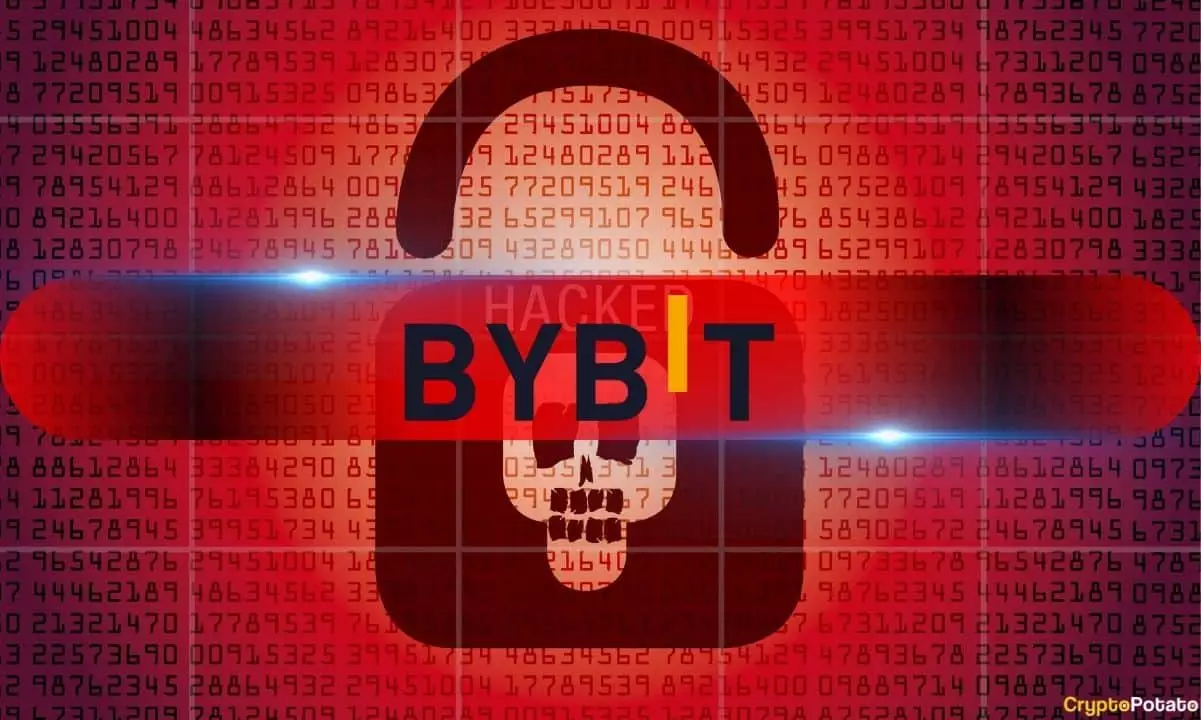The staggering $1.5 billion loss to cybercriminals at Bybit may well serve as a turning point for the entire cryptocurrency industry. Just under two months ago, this attack revealed not only the vulnerabilities of existing trading platforms but also the precarious nature of digital asset trading itself. The gravity of the situation cannot be overlooked; despite the cryptocurrency sector’s promise of decentralization and security, the realities of dealing with massive sums of money online are continuously threatened by malicious actors. The incident should resonate not only with Bybit but throughout the industry, prompting a serious reevaluation of security measures in an ever-evolving landscape.
Market Volatility Amid External Tensions
Even before Bybit’s attack, the crypto market was already rife with uncertainty stemming from various macroeconomic factors. Tensions arising from tariff negotiations and the introduction of artificial intelligence models like DeepSeek added fuel to an already shaky environment. Analysts reported a momentary spike in hourly trading volumes across Tether (USDT) pairs immediately following the incident—a classic case of market reaction to news. This phenomenon highlights how external factors often intertwine with internal crises, wreaking havoc on market stability and consumer confidence.
The cascading effects are evident as Bybit’s market share witnessed a dramatic plummet from 11% to just 4% following the breach. This drop wasn’t just a numbers game; it demonstrated a lack of trust that can swiftly erode even the most reputable platforms. Bitcoin’s share fell from 50% to below 20%, reinforcing the notion that a single hack can incite a loss of faith across a network of cryptocurrencies.
The Resilience of Retail Traders
Amidst this chaos, one cannot overlook the resilience shown by retail traders who remained determined to stay in the game. Notably, Bybit introduced Retail Price Improvement (RPI) orders just days before the hack, a strategy aimed at improving liquidity for average users. This initiative, which allowed retail traders to access a more favorable order execution, played a pivotal role in stabilizing the market post-hack. Without such measures, Bybit could have faced an even graver decline in user trust and trading volume.
However, these RPI orders also shine a light on a troubling aspect of market dynamics. Are these measures simply band-aid solutions that obscure deeper flaws inherent in the trading platform’s infrastructure? While the introduction of this innovative feature was timely and perhaps brilliantly executed, it doesn’t absolve Bybit from the responsibility of addressing its looming security issues. The emphasis on retail liquidity is commendable, yet the necessity for stringent security is paramount in maintaining long-term integrity.
On Bid-Ask Spreads and Liquidity Pools
One of the critical metrics that surfaced during the analysis of Bybit’s incident was the condition of bid-ask spreads post-hack. Remarkably, despite the upheaval, bid-ask spreads remained surprisingly tight for Bitcoin and Ethereum in the days following the incident. This resilience indicates a liquidity pool that is sturdier than previously thought, suggesting that not all was lost during this cyber onslaught.
However, one must ask whether such stability can be relied upon in the long run. Tight bid-ask spreads do offer some short-term relief and reflect higher liquidity and lower execution risk, but they also highlight an uncomfortable reality: the crypto market is susceptible to shockwaves. The speed with which the order book depth of Bitcoin and Ethereum rebounded offers some relief, yet there’s an undercurrent of apprehension that these corrective measures may only be temporary fixes.
Redefining Trust and Security in Crypto
Bybit’s $1.5 billion hack stands as a testament to the deep cracks within the cryptocurrency framework. It forces us, as participants in this nascent market, to confront uncomfortable truths: the promise of digital assets comes with steep risks, and the road ahead must be paved with a focus on security, trust, and reliable market practices. While the industry has demonstrated remarkable resilience, every participant must recognize the balance between fostering innovation and ensuring robust protective measures. The lessons from Bybit’s cyber nightmare are clear: security cannot be an afterthought; it must drive the evolution of the financial ecosystems we choose to trust.
















Leave a Reply